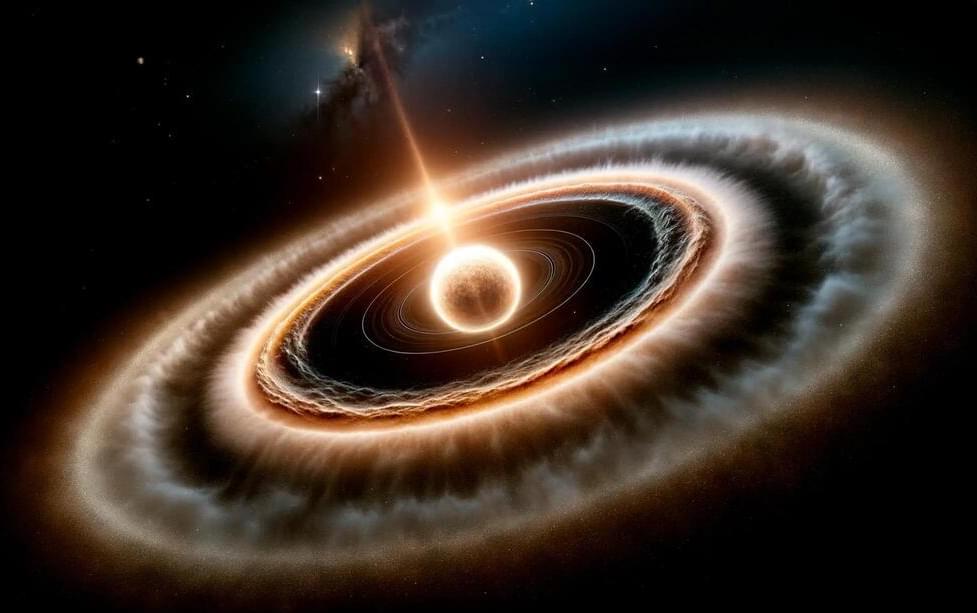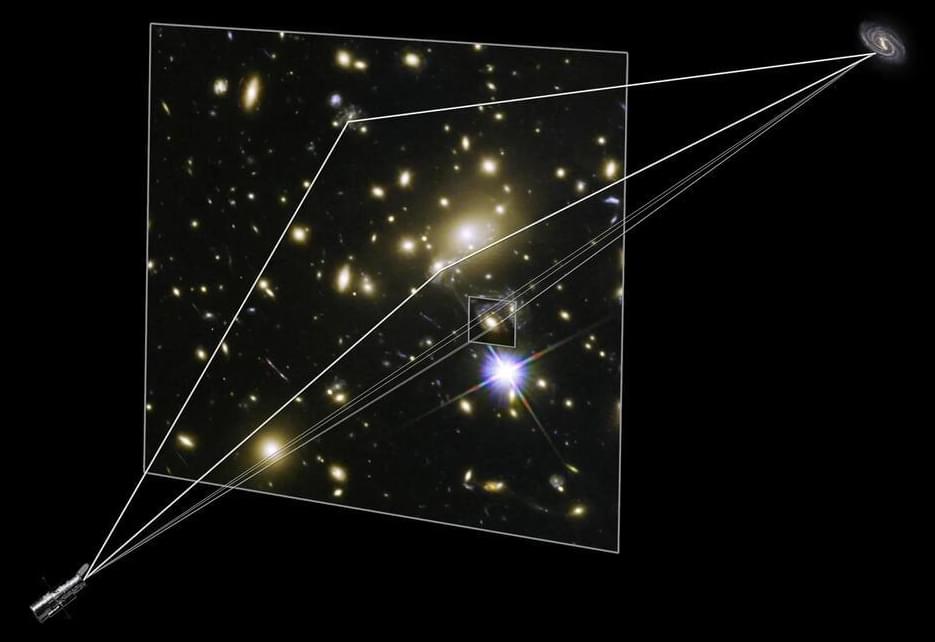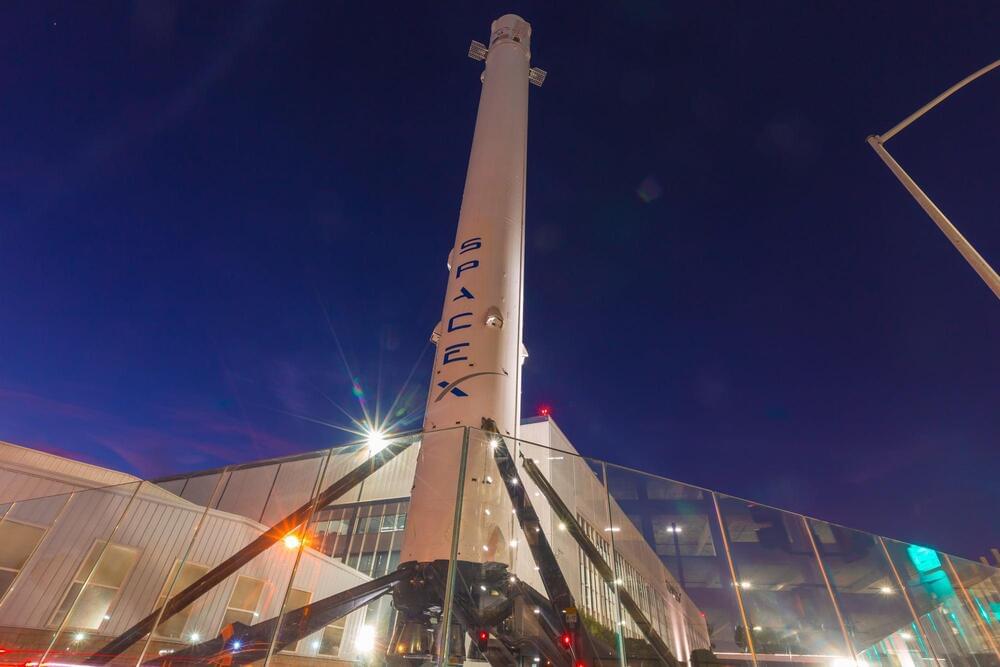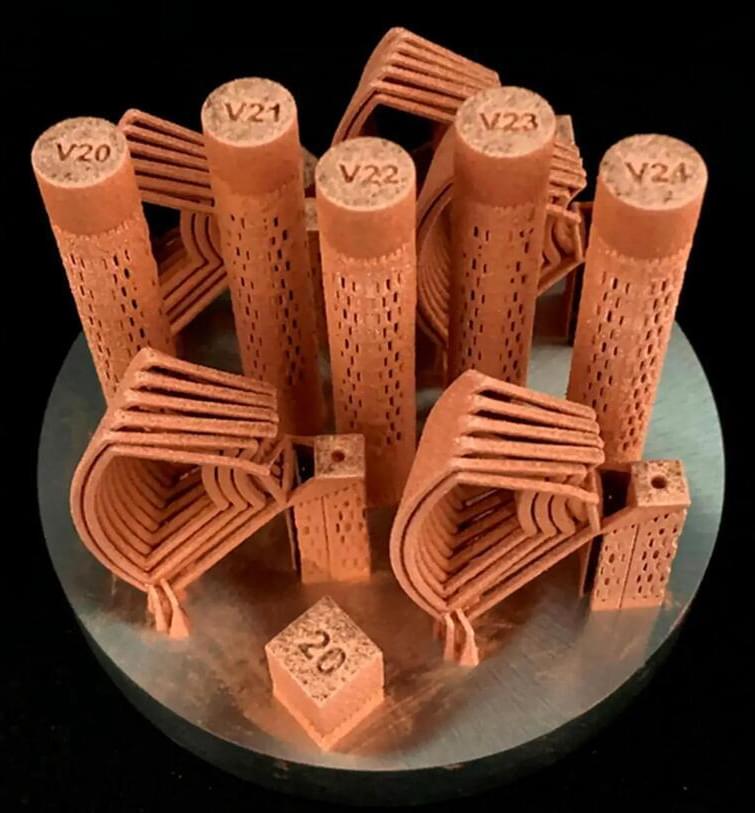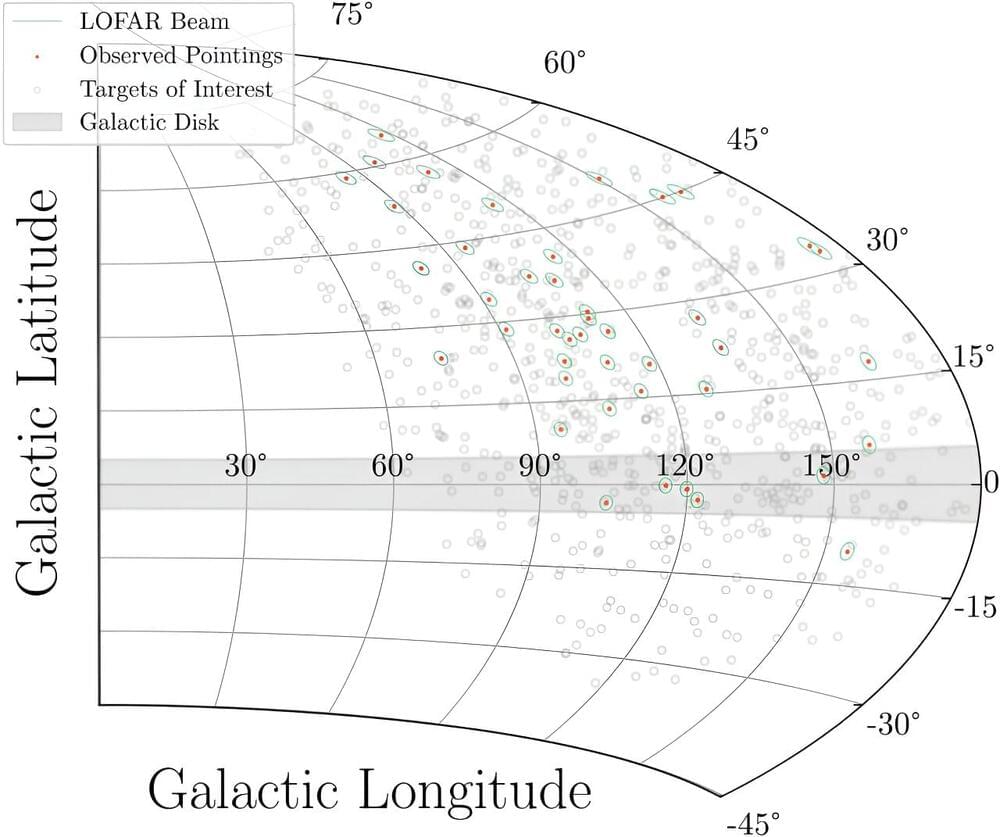Buy me a coffee: https://ko-fi.com/chrisdanelon.
My game on Steam: https://store.steampowered.com/app/1550870/The_Indigo_Parallel/
Join my Discord Server: https://discord.gg/NardUX9Hqy.
The Expanse is an American science fiction television series developed by Mark Fergus and Hawk Ostby for the Syfy network, and is based on the series of novels of the same name by James S. A. Corey. The series is set in a future where humanity has colonized the Solar System. It follows a disparate band of protagonists—United Nations Security Council member Chrisjen Avasarala (Shohreh Aghdashloo), police detective Josephus Miller (Thomas Jane), ship’s officer James Holden (Steven Strait) and his crew—as they unwittingly unravel and place themselves at the center of a conspiracy that threatens the system’s fragile state of cold war, while dealing with existential crises brought forth by newly discovered alien technology.
The Expanse has received a positive critical response, with particular praise for its visuals, character development and political narrative. It received a Hugo Award for Best Dramatic Presentation and three Saturn Award nominations for Best Science Fiction Television Series. Syfy cancelled the series after three seasons. Amazon later acquired the series, producing three more seasons, with the sixth and final season premiering on December 10, 2021.
#TheExpanse #scifi #space #syfy #expanse #expanseonprime #amazon

